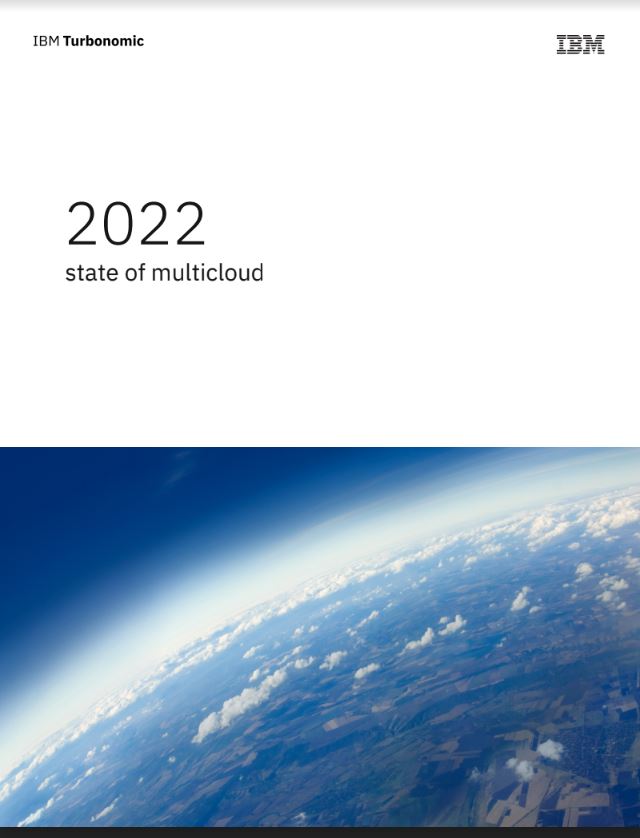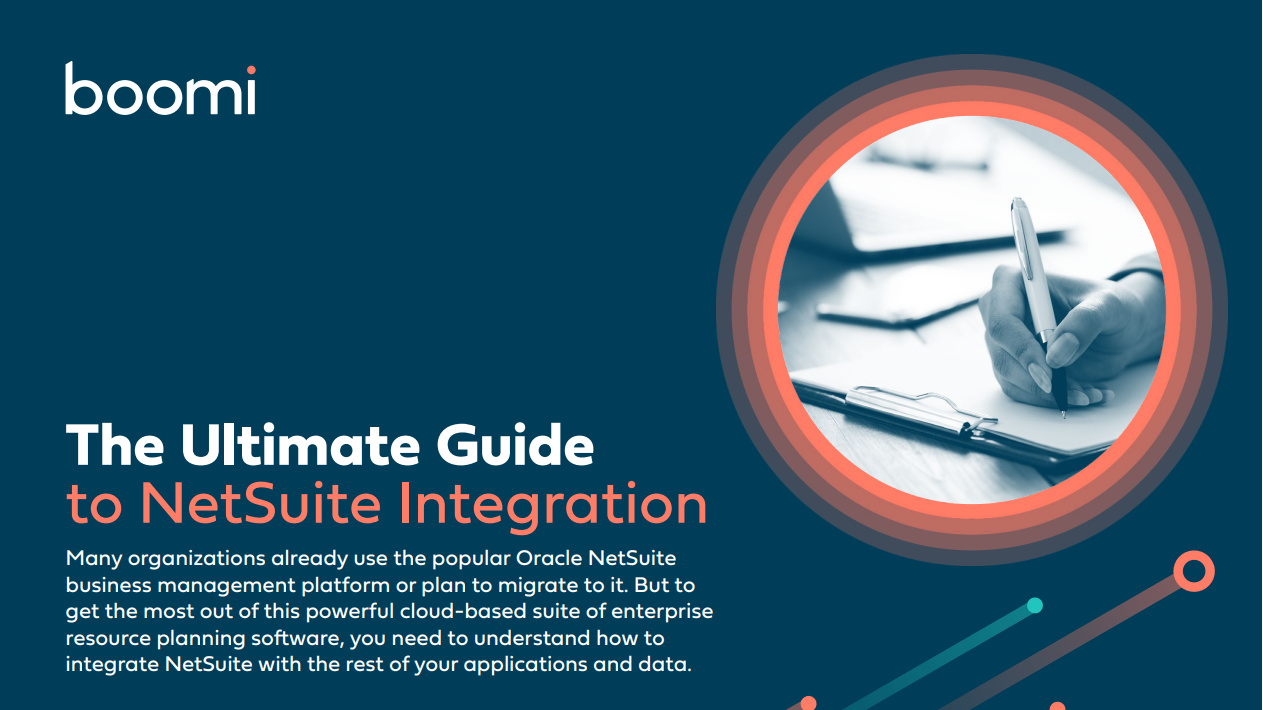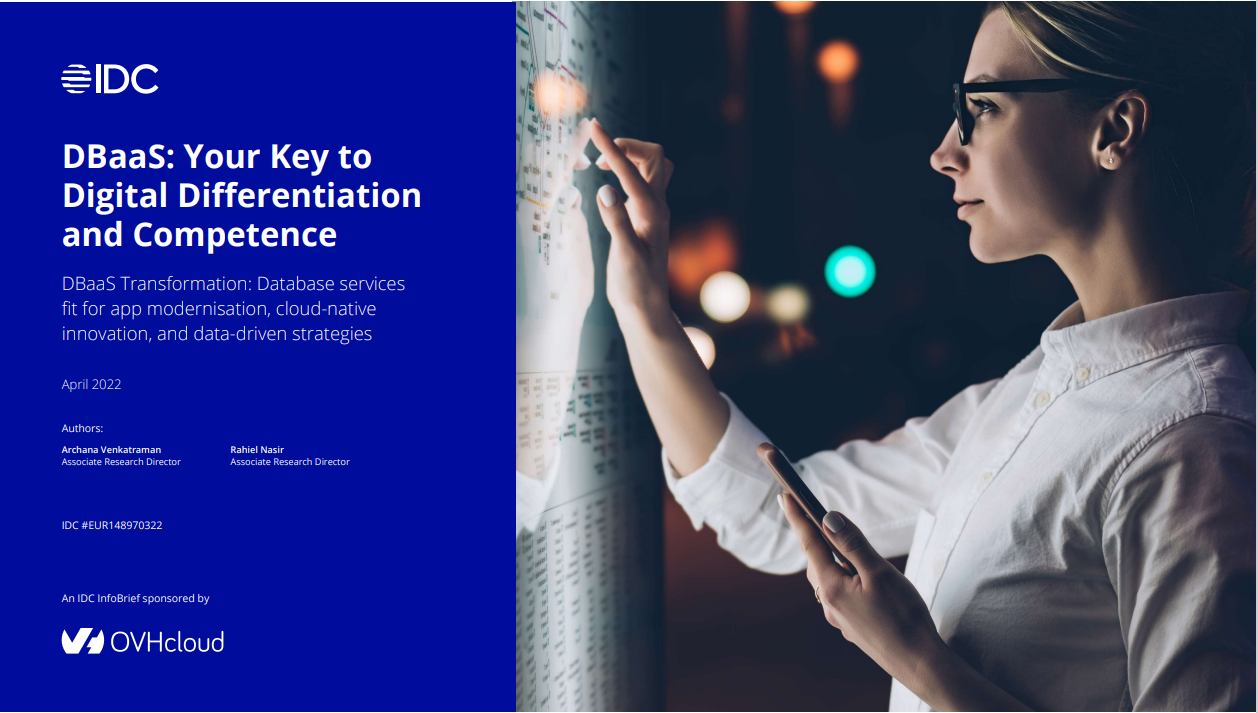Getting started with the quantum cloud
As the era of quantum computing edges closer, will the quantum cloud become how businesses harness their power?


This article originally appeared in issue 31 of IT Pro 20/20, available here. To sign up to receive each new issue in your inbox, click here
Businesses have integrated many hosted services into their core processes, and, as work has shifted to become hybrid in nature, the cloud has become essential to keeping workforces connected. In that vein, cloud computing is also seen as the most effective vehicle to deliver the benefits of a plethora of innovations, with the ‘as a service’ model highly prevalent.
Burgeoning technologies like blockchain, artificial intelligence (AI), extended reality and quantum computing – also referred to as DARQ – are making waves. The lattermost, however, might have the most explosive impact, with IBM, for example, hyping up what it refers to as ‘the quantum decade’.
Business leaders are paying attention to quantum computing but question how their companies will access and practically exploit it. This is where quantum as a service (QaaS) – or the quantum cloud – could be the answer.
What is the quantum cloud?
The race to increase the number of qubits, achieving the environmental conditions required for quantum computers to operate, as well as making them fault tolerant, are all major barriers to practical use. As enterprises have found in the past, though, leasing can offer a viable alternative that avoids any major capital investment.
Nobody will be drawn on a specific timeframe on when there will be a marketplace for quantum computing services, but businesses ought to consider QaaS until 2030, when it’s estimated real quantum services come online. Until then, a hybrid approach using ‘quantum-inspired algorithms’ that mixes binary computing with a pseudo approach to quantum computing will be an option should enterprises need specific capabilities such as interrogating massive datasets.
There’s a hosted future for most businesses seeking to access quantum computers, according to Scott Buchholz, emerging technology research director and CTO for government and public services with Deloitte. "Cloud hyperscalers and traditional hardware vendors are investing heavily in this space. Players are differentiating through the quantum processing units (QPUs) they offer and ease of access,” Buchholz says. “In addition, startups have emerged to focus on specific ecosystem pain points including connectivity, cost limiters, logging, and network latency."
Sign up today and you will receive a free copy of our Future Focus 2025 report - the leading guidance on AI, cybersecurity and other IT challenges as per 700+ senior executives
From a user’s perspective, QaaS will seem like any other digital service, agrees Martin Lukac, associate professor from Nazarbayev University School of Engineering and Digital Sciences. "Once the establishment of quantum computers is achieved, the integration will be seamless,” he says. “This is because QaaS will have to come with a whole set of tools for transforming classical information to quantum, processing it, extracting the quantum information, measuring it, and proving it back to the customer. It’s also vital that the integration is as smooth as possible, otherwise, the cost and time overhead will not be worth the time and effort.”
How to access the quantum cloud
Images of exotic-looking quantum computers have, so far, created somewhat of a false image of what quantum computing is and how these machines can be put into practical business cases. For example, speed has often been a differentiating factor when quantum computers are compared to traditional binary machines. This appreciation is correct, but quantum computing's real power is when these machines are integrated with other technologies.
QaaS has existed for some time. Five years ago, IBM offered the IBM Quantum Experience – a cloud-based service enabling businesses to run algorithms on a five-qubit quantum processor. Fast forward to today, and we have several companies actively developing quantum computers, including D-Wave, Rigetti, Azure Quantum, AWS Braket, Google IonQ, and QMware.
QMware already has a QaaS platform live using their simulated 40-qubit quantum circuit. Aimed at developers who want to test quantum algorithms, and based in Europe, the service is also designed to offer an alternative to the services being developed in North America. It’s also a component of the GAIA-X project.
RELATED RESOURCE

2022 State of the multi-cloud report
What are the biggest multi-cloud motivations for decision-makers, and what are the leading challenges
As techUK points out, irrespective of the plethora of services available, use cases must connect with a business need for deployments to be successful. "Many areas where quantum will be effective will not be quantum-niche, but will be incorporated into existing use cases, such as drug discovery or process optimisation to enhance efficiency, sustainability, or in novel solutions to potential data security threats from quantum,” the organisation’s report says. “They will require convergence with other technologies as part of a wider technology toolkit available for businesses.”
How businesses use quantum computers will vary once the access tools become available. Regardless of the use case, IBM’s distinguished engineer, Richard Hopkins reiterates business access will be integrated and seamless. “With quantum serverless, integrating QaaS will be a seamless process,” he says. “Mainstream applications will be able to call upon quantum-trained models, simulators, or optimisers in just the same way they interact with compute clusters or supercomputers today. It’s just that, in the near future, those serverless calls might be to QPUs, CPUs, GPUs or some form of hybrid combination – whatever it takes to get the problem solved in the most efficient manner.”
Embracing the new quantum hyperscalers
Becoming quantum-ready is an approach all businesses can take. In association with EY, the National Quantum Computing Centre (NQCC) recently published research delving into how businesses are set to approach the new age of quantum computing.
The report concludes over 80% of senior UK business leaders will see their enterprises significantly impacted by quantum computing as they move towards 2030, which will be their quantum tipping point for many. “Quantum readiness is not so much a gap to be assessed as a road to be walked, with next steps being regularly revisited as the landscape evolves,” says Piers Clinton-Tarestad, quantum computing leader at EY UKI. “Businesses that expect industry disruption within the next three or five years need to act now."
Outside of big data users such as pharmaceutical firms, QaaS could also open many new key product and services avenues for small businesses, Paul Baird, UK chief technical security officer at Qualys, tells IT Pro. “Looking beyond the scientific and medical uses, structural engineers could run vastly complex computer simulations on digital what-if scenarios making structures and components a lot safer. Imagine game development using quantum computing, where they can render virtual reality (VR) worlds with much finer precision and detail.”
QaaS won’t be as simple as accessing many of the hosted services we use today, however, adds principal consultant at Deloitte, Tim Potter. Cloud hyperscalers, he tells IT Pro, are making it easy to get started with tutorials and free access layers. On the other hand, building a quantum strategy and gaining organisational alignment around where to invest first and how to get started can be difficult.
“There are many hardware and software options which can make architectural decisions complex,” Potter concludes. “A clear understanding of where quantum can add value to the business is a critical first step. If you don’t approach the quantum computing market with a specific set of business challenges you are looking to solve, it can be very difficult to make decisions that materially move your exploration of quantum forward.”
Quantum computing services are becoming more widely available through the ‘as a service’ model, with most businesses accessing this technology on an ad hoc basis for highly focused business use cases. The key, for organisations, is to evaluate how – if at all – they stand to benefit from the specific capabilities of quantum computing. Understanding these needs ensures every company has a quantum-ready strategy to harness the technology when it becomes more accessible and affordable.
David Howell is a freelance writer, journalist, broadcaster and content creator helping enterprises communicate.
Focussing on business and technology, he has a particular interest in how enterprises are using technology to connect with their customers using AI, VR and mobile innovation.
His work over the past 30 years has appeared in the national press and a diverse range of business and technology publications. You can follow David on LinkedIn.
-
 The right workload in the right cloud: Your cloud. Your terms.
The right workload in the right cloud: Your cloud. Your terms.Whitepaper Looking to get more from your cloud experience?
-
 The ultimate guide to Netsuite integration
The ultimate guide to Netsuite integrationwhitepaper Download this eBook and get the most out of this powerful cloud-based suite of ERP software
-
 The ultimate guide to Salesforce integration
The ultimate guide to Salesforce integrationwhitepaper Quickly connect Salesforce to drive efficiencies and insights
-
 How to reduce your company's software costs
How to reduce your company's software costsIn-depth Budgets are shrinking, so how can you reduce your company's software costs without sacrificing functionality?
-
 Hewlett Packard Enterprise names Matt Harris as new UK managing director
Hewlett Packard Enterprise names Matt Harris as new UK managing directorNews The longtime contributor takes the place of Marc Waters, who will stay with HPE as a senior vice president
-
 Your key to digital differentiation and competence
Your key to digital differentiation and competenceWhitepaper Database services fit for app modernisation, cloud-native innovation, and data-driven strategies
-
 IBM offers enhanced SAP cloud migration service
IBM offers enhanced SAP cloud migration serviceNews IBM is now a premium partner for SAP's Rise migration program
-
 How to greenify your digital transformation strategy
How to greenify your digital transformation strategyIn-depth Digital transformation strategies can enable companies to meet ESG goals, but the environmental impact of going digital shouldn’t be overlooked


